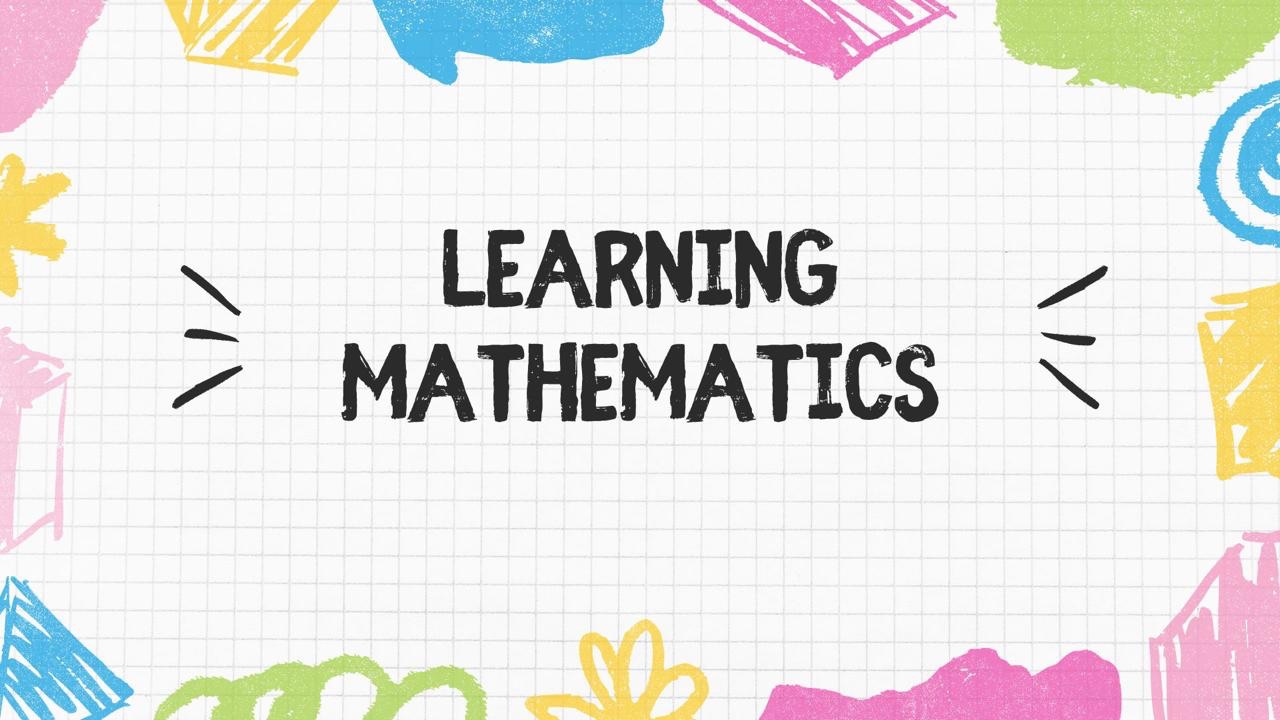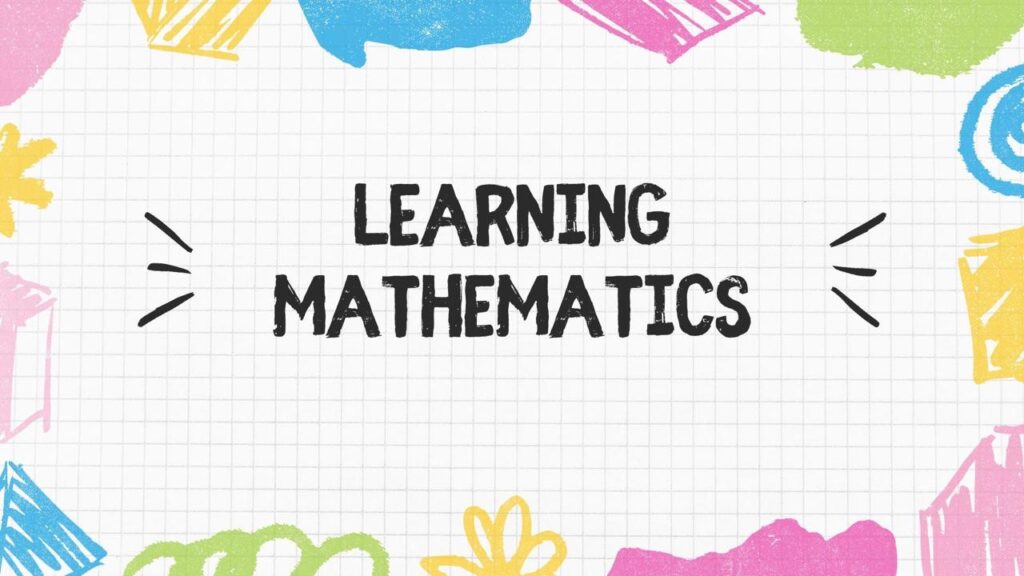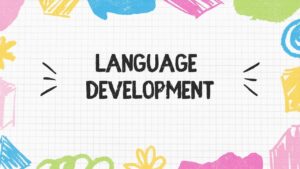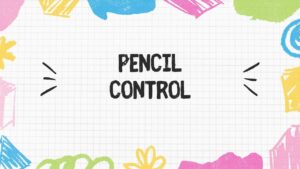Understanding the Stages of Learning Mathematics


Understanding the Stages of Learning Mathematics
As both a child therapist and the mother of a spirited four-year-old daughter, I’ve witnessed the fascinating journey of learning mathematics from multiple perspectives. Understanding the different stages of learning mathematics according to age is crucial in nurturing a child’s cognitive development and fostering a lifelong love for numbers. Here, I’ll share my experiences and insights on how children progress through these stages and the best ways to support them at each step.
Early Beginnings: Birth to Age 3
In the earliest years, even before formal education begins, children start to develop a sense of numbers and spatial awareness. My daughter, like many toddlers, began her mathematical journey through play. She would stack blocks, sort shapes, and explore patterns, all of which laid the groundwork for her mathematical understanding. At this stage, children learn best through hands-on activities and sensory experiences. I often encourage parents to engage their children in activities that involve counting, sorting, and recognizing shapes to build these foundational skills.
Preschool Years: Ages 3 to 5
Now that my daughter is four, she is in a stage where early mathematical concepts start to take shape more clearly. She loves counting objects, identifying numbers, and beginning to understand basic concepts like more and less. We often play games that involve counting steps, sorting her toys by color or size, and recognizing numbers in our daily environment. As a therapist, I recommend integrating math into everyday activities to make learning natural and fun. Cooking, shopping, and even tidying up can become opportunities to practice counting, measuring, and comparing.
Kindergarten to First Grade: Ages 5 to 7
As children enter kindergarten and first grade, they start to build on their early experiences with more structured learning. They begin to grasp addition and subtraction, understand the concept of zero, and start to tell time. My daughter is eager to start school, and I can already see her excitement for learning more complex ideas. At this stage, children benefit from activities that challenge them to think critically and solve problems. Simple addition and subtraction games, puzzles, and interactive math apps can be very effective. In my practice, I emphasize the importance of positive reinforcement and making math enjoyable to build confidence and interest.
Second to Third Grade: Ages 7 to 9
By the time children reach second and third grade, they are ready to delve into more advanced topics such as multiplication, division, and basic fractions. They start to see the connections between numbers and operations, and their problem-solving skills become more sophisticated. In my work with children, I’ve noticed that this stage often requires more guided practice and support. Encouraging children to explain their thinking, using visual aids like number lines and charts, and providing plenty of practice opportunities are key strategies. At home, engaging in math-related activities such as cooking with measurements or playing board games that involve math can reinforce these skills.
Fourth to Fifth Grade: Ages 9 to 11
In fourth and fifth grade, children start to explore more complex mathematical concepts, including multi-digit multiplication, long division, and an introduction to geometry and decimals. They begin to apply their math skills to real-world problems and see the relevance of math in their daily lives. As a therapist, I often work with children to strengthen their understanding through practical applications and problem-solving exercises. At home, I encourage activities that involve planning and budgeting, like organizing a family event or managing an allowance, to show how math is used in everyday situations.
Middle School Years: Ages 11 to 14
As children transition to middle school, they encounter more abstract mathematical concepts such as algebra, ratios, and advanced geometry. This stage can be challenging as it requires a higher level of critical thinking and abstraction. Supporting children through this transition is crucial. I work with students to build their confidence, encourage perseverance, and develop effective study habits. At home, fostering a positive attitude towards math, providing additional resources like tutoring or online programs, and staying involved in their learning can make a significant difference.
Watching my daughter develop her mathematical skills has been a rewarding journey. As both a mother and a therapist, I’ve seen how children progress through different stages of learning mathematics and the importance of providing the right support at each stage. By understanding these stages and integrating math into everyday life, we can help our children build a strong foundation and a love for learning that will serve them throughout their lives. There’s nothing more fulfilling than seeing children succeed and knowing that we’ve played a part in their growth and development.

